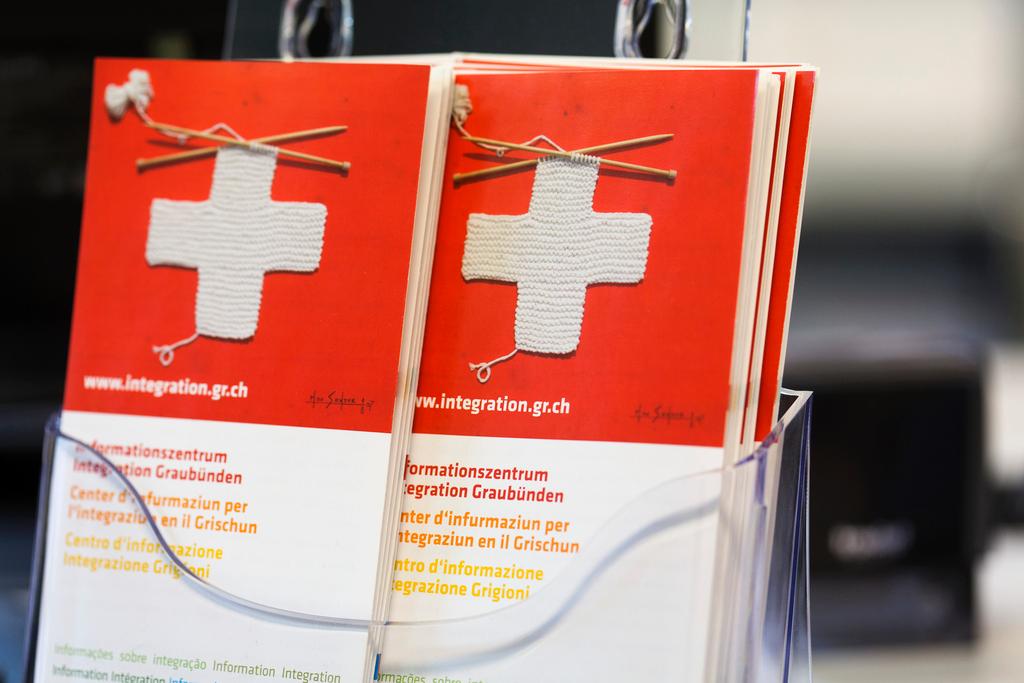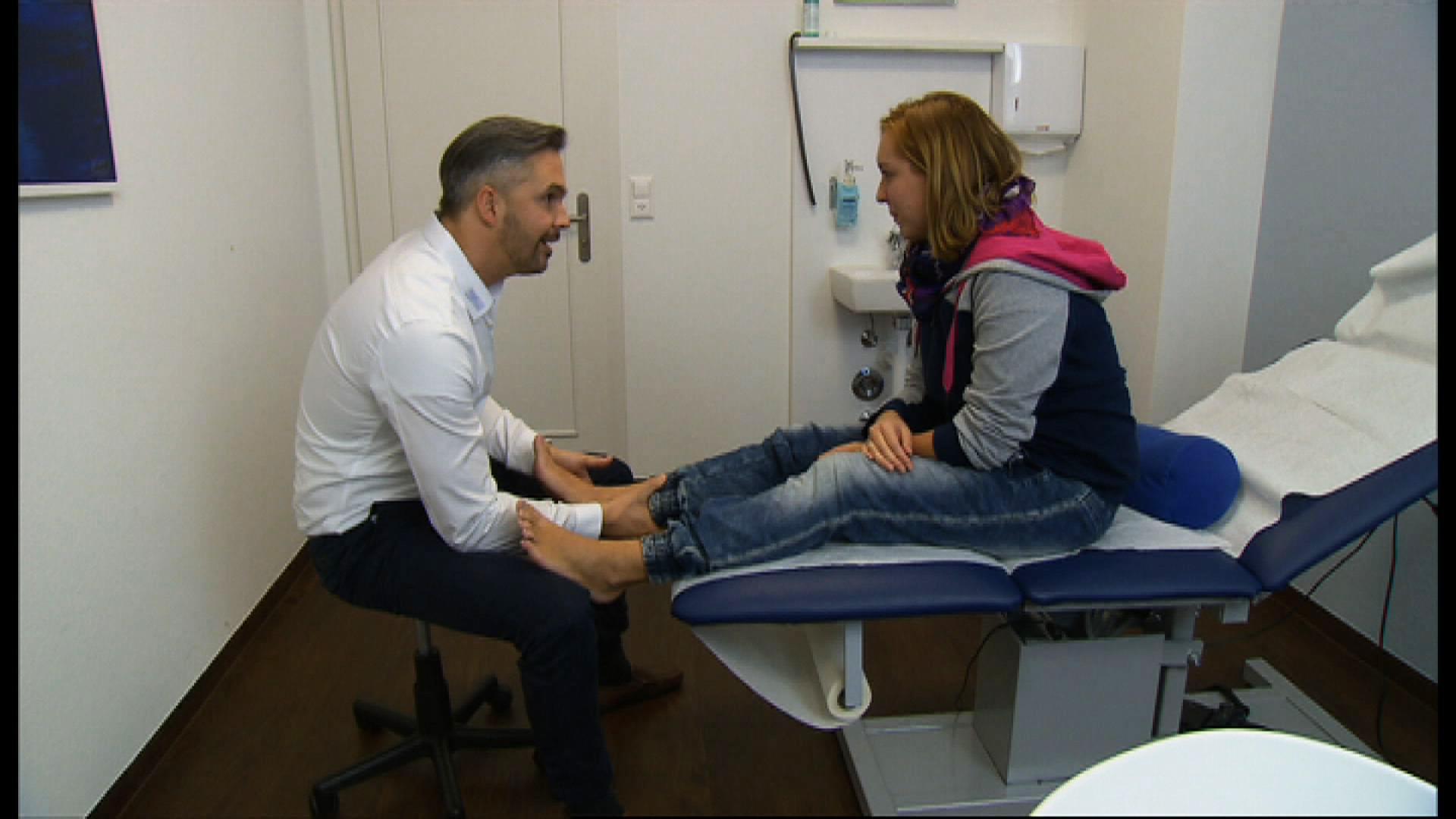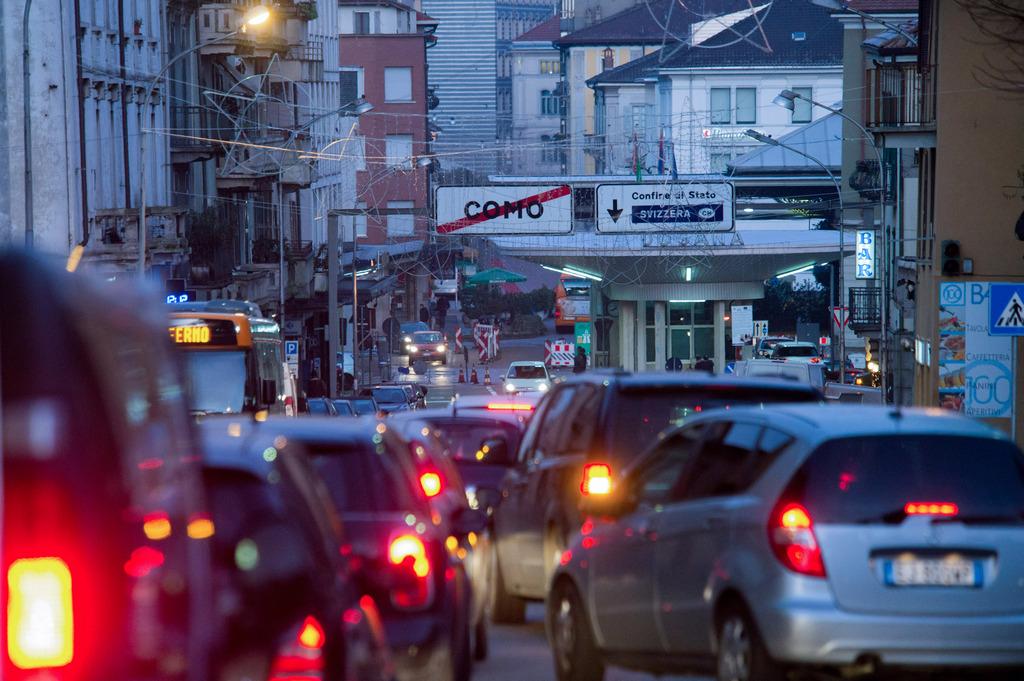Switzerland remains attractive to foreign workers

Europeans from countries hit by the economic crisis made up the majority of immigrants to Switzerland last year. But fewer Germans were trying their luck, according to a government report.
Last year, a net total of 73,000 foreigners came to live in Switzerland; 50,600 were from EU/EFTA nations. This latter figure was 25% lower than the record year 2013, according to the 11th report by the research institute on the free movement of people between Switzerland and the European Union.
The report, which was presented on Tuesday by the State Secretariat for Economic Affairs (SECO), stated that this immigration had not had any negative consequences on wages or employment. On the contrary, it had boosted economic growth and the job market.
Boris Zürcher, head of the labour unit at SECO, said he was unable to explain the drop in EU/EFTA immigrants, but thought a certain saturation could have played a role, especially in branches such as construction.
He also drew attention the effects of the initiative to curb EU immigration, which 50.3% of voters approved in February 2014.
Economic crisis
More than 60% of EU/EFTA citizens (other EFTA states being Norway, Iceland and Liechtenstein) come to Switzerland to work, the report said.
It pointed out that these workers were considerably more skilled than Swiss workers, with more than half holding a university degree or higher education qualification. They are attracted by opportunities in the health and social sectors, as well as self-employment and scientific and technical services.
Whereas the number of German workers in Switzerland increased by 29,000 in 2008, this figure had fallen to 6,800 by 2014.
However, the number of people from Portugal, Italy and Spain had risen considerably as a result of the recent economic inequality seen across Europe, the authors wrote. Immigration from the ten eastern European states had also increased due to the partial opening of the labour market.
The Swiss job market had integrated these workers well, they added, pointing out that the unemployment rate had barely change since the free movement of people accord came into force in 2002. It now stands at 3.3%.
Between 2002 and 2014, wages rose on average by 0.7% a year, according to SECO – greater growth than during the 1990s.
SECO director Marie-Gabrielle Ineichen-Fleisch noted that Switzerland had enjoyed solid growth during the 13 years of free movement: the level of individual wellbeing had improved, and real GDP per capita had grown by 1% – twice that of the EU.
Not all good news
However, migratory pressure has also had negative repercussions. Certain regions had recorded levels of growth slightly lower than the Swiss average.
These included the area around Lake Geneva, Ticino and Zurich, all of which had seen strong increases in immigration and cross-border workers.
SECO added that the gap between wages in Italian-speaking canton Ticino and Italy risked getting wider following the Swiss National Bank’s decision on January 15 to get rid of the minimum exchange rate of CHF1.20 per euro.

In compliance with the JTI standards
More: SWI swissinfo.ch certified by the Journalism Trust Initiative



You can find an overview of ongoing debates with our journalists here. Please join us!
If you want to start a conversation about a topic raised in this article or want to report factual errors, email us at english@swissinfo.ch.